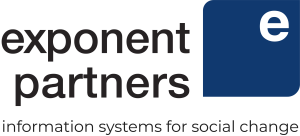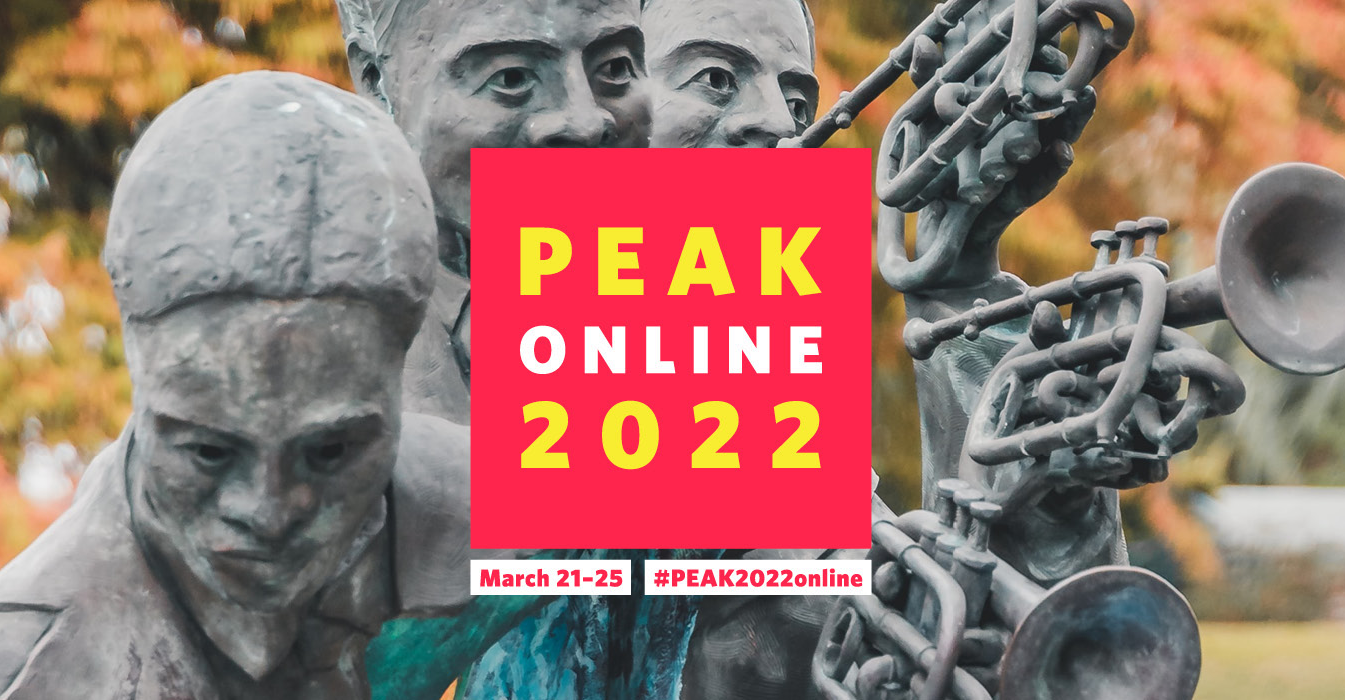PEAK2022 Recap: The Key To A More Equitable Future
We’re so excited to sponsor PEAK Grantmaking once again! During this week-long virtual event, we have been taking inspiration from thought-provoking keynotes, interactive peer dialogues, skill-building breakouts, and networking sessions. Here are a few key high highlights:
PEAK 2022 kicked off with an epic keynote session with Vu Le, Amoretta Morris and Satonya Fair with a conversation on what’s standing in the way of progress. These powerhouses answered the question, “how do we move the needle on equity?”
Amoretta, the President at Borealis Philanthropy, says it’s about people, practice, and policy. She suggests that you start by staffing from the movements you are funding and be transparent about things like salary. Le Vu, the iconic founder of Nonprofit AF, picked up on this line of thought, “When it comes to equity, it comes down to money and power. Equity is like the coconut water fad but it should be like coffee. We should drink it every day in all of our practices.”
Gone are the days of debating the “basic stuff,” they both agreed. We need to be thinking about accessibility in our meetings and closed captions in our videos. In philanthropy, 90% of funding goes to white-led organizations yet we keep talking about equity. “Instead of thinking about increasing the salary of black colleagues maybe we need to think about reducing the salary of white men,” Vu proposed.
When it came to the question of “What would an equitable philanthropic sector look like?” both Vu and Amoretta shared the view that it would not exist in the way it does today. “We need to work towards a place where we don’t need philanthropy because society is taking care of its people.” The way to do that is by funding organizations and communities at the scale of the problems they are facing.
Ultimately, it comes down to money; how it’s moving, and who has the power to distribute it. “The philanthropy sector needs to realize that it’s built on five key things: slavery, stolen indigenous lands, worker exploitation, environmental degradation, and tax avoidance,” said Vu. Things cannot change, if we don’t acknowledge and understand where the sector came from. So how can you put this into practice? How can you move past reticence to be radical?
In summary: Be bold. Do not hold on to policies and procedures that are not serving you. Do not give up. Embrace failure. Try new strategies. Embody innovation. Prioritize learning. Start mobilizing.
To pick up on this same line of thought, we attended this session, Ceding Decision-Making Power to Communities Through Participatory Grantmaking. if, A Foundation for Radical Possibility shared their participatory grantmaking approach and research. The concept of participatory grantmaking surrenders funding decisions, including the strategy and criteria behind those decisions to the very communities that foundations aim to serve.
If started partnerships with community organizations to help them identify advocates to sit on a participatory grantmaking committee. The composition of the committee aimed to be diverse, inclusive based on race, ethnicity, immigration status, gender, sexual orientation, age, and abilities.
Committee members were responsible for attending the meetings, understanding the request for proposals, reviewing the assigned proposals, submitting the proposal reviews forms, participating in the decisions making process and providing feedback. Committee members were supported with things like an honorarium, meals, legal advice, childcare assistance, technical equipment to access virtual calls, digital and printed feedback forms, and materials in preferred languages. In short, the foundation supported the committee in every way possible.
When it came to program design, they engaged with a consultant to implement the structure. The program design included elements like the history of the sector and the organization, trust-building exercises, RFPs, review forms, diversity matrix, and information on the decision-making process. The committee was then divided into smaller groups that brought recommendations to the full committee which were then reviewed and approved by the entire committee.
To wrap up the program, feedback and recommendations were requested on an individual basis and the foundation staff provided a report to the board with individual recommendations and comments from the committee members.
So, what did If learn from this experience? That it would not have been possible without the commitment, interest and engagement of community members and partner organizations. It was a shared experience that revolved around building community and authentic relationships rather than a one-off transactional event.
It involved intentionally creating a diverse and inclusive committee and providing the resources to aid the committee in its work. The largest takeaway was the notion of language justice which involved creating multilingual spaces where language was used as a tool for empowerment rather than a barrier.
As far as next steps? If’s future plans include asking the committee to design the full scope of the grantmaking process to answer the question, what would be most useful to the community?
The last session we attended was held by our very own, Pamela Fitch and Katrina Seidel. Pamela brings together deep experience in philanthropy and technology, spanning nearly 20 years, and serves as the account executive for the Philanthropy practice at Exponent Partners. Katrina is the Director of Business Development at Vera Solutions. Exponent Partners and Vera Solutions recently announced our partnership in order to meet the needs of funders by bringing together the best platform, with an end-to-end grants management solution and the expertise to put it all into practice.
Together, they had a thoughtful conversation about how to align impact measurement with grants management and provided a few key considerations you’ll need along the way.
What are some of the shifts you’ve seen in organizations procuring a GMS over the last few years?
In recent years, organizations are shifting to being more impact-focused. They are looking for ways to tell their impact story. Organizations are also realizing the importance of collaboration in grant delivery effectiveness. By cutting down on the number of systems used, they can rely on a single source of truth in the grant-making process.
Can you share a few examples of organizations procuring an impact-first grants management system?
The organizations that are leading the charge for impact-first grants management systems include Skoll Foundation, Global Fund to End Modern Day Slavery, Michael & Susan Dell Foundation and the Elton John Aids Foundation.
What are the pros/cons of standard KPIs vs grant-specific KPIs in impact reporting? How to strike the right balance?
While standard KPIs enable alignment to organization objectives, grant-specific KPI impact reporting allows for flexibility to align to impact, evaluation, or experimentation. The way to truly evolve as an organization is impact measurement.
So what can your organization do to get started?
The first thing you need to do is define your goals. To do so, ask yourself:
- What is your organization’s strategic plan? How does this alignment fit within it?
- Are you looking to standardize your data and/or processes?
- Are you looking to improve your existing data, or starting to collect data for the first time?
- How will this impact your grantees/partners?
- What is your timeline?
- How do you envision a new system fitting in with your current system(s)?
Then involve your team. As a team, answer the following questions:
- Which teams need to be involved in this process? How aligned are they currently?
- Who is going to manage this process now (and into the future)?
- Is leadership bought in and ready for this change?
Lastly, if you need help getting started, our team of experts has been helping grantmakers measure, understand and leverage impact since 2005. Let’s chat! We’d love to learn more about how we can partner to assist you with your impact management needs.

